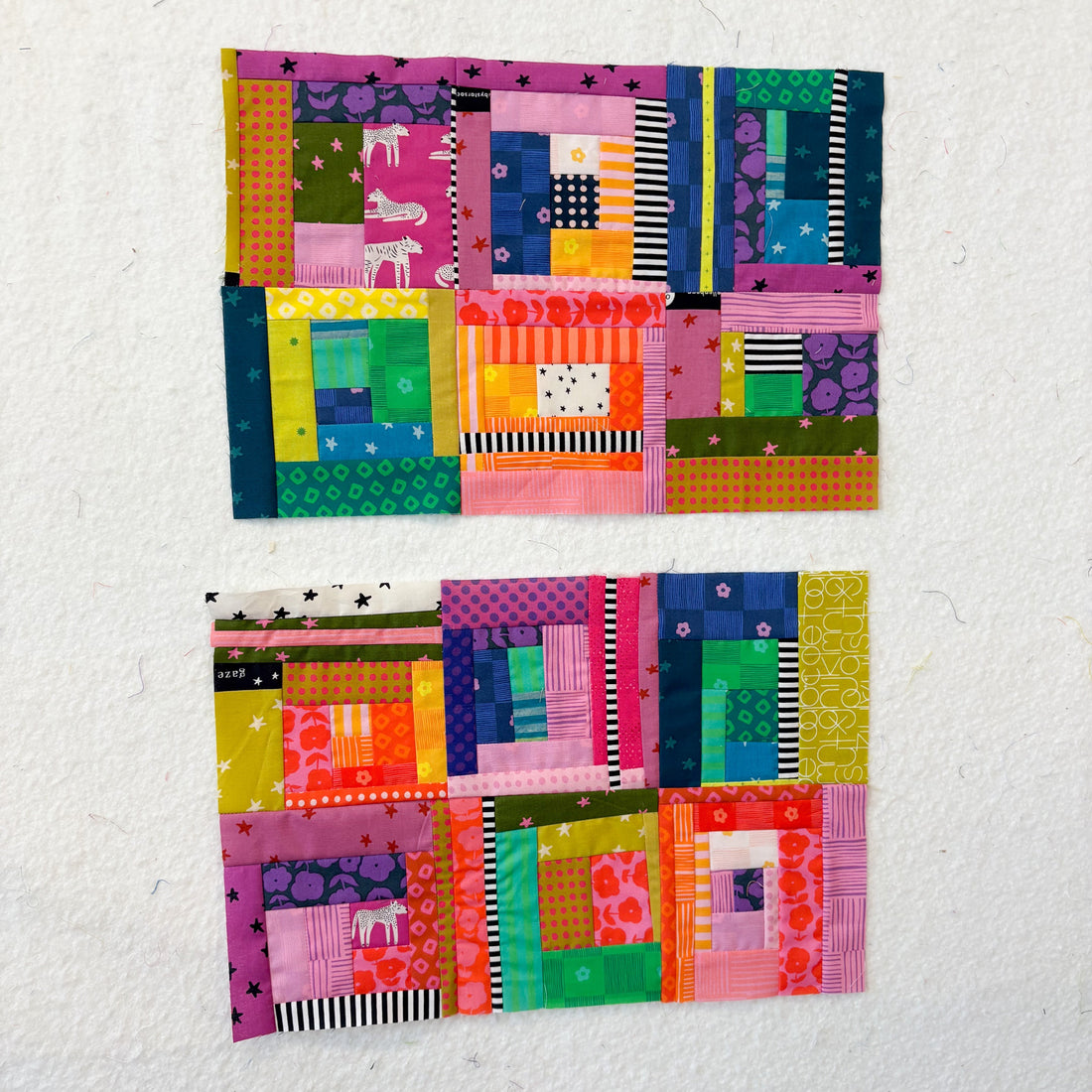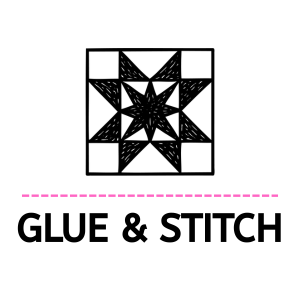
Wonky, but Intentional: Finding Balance in Improv Quilting
Share
Recently, I took a Wonky Log Cabin class at The Old Country Store in Intercourse, PA, taught by my favorite instructor, Andrea Hoke. I’ve taken several classes with Andrea now, and every time I walk away having learned something new—not just technically, but creatively. She has a fantastic way of teaching and giving you direction to make something that still feels like you. I’ve always admired her teaching style and try to model my own after it.
That said, improv quilting has always felt like a bit of a mountain to me and it stretches my brain. It’s broad. It’s open-ended. It can feel more overwhelming than freeing. I’m someone who likes things tidy, aligned, and squared up. I like a plan. So naturally, “wonky” doesn’t come easy. And quite frankly, the term "wonky" really threw me for a loop. 🤣
Even in the improv scrappy pouches and projects you’ve seen me post, things are usually very contained. The scraps already go together—they’re leftovers from a single project—and there’s a limited number of them. You can only make something so big. Those built-in boundaries help me feel creative without feeling overwhelmed.
Going into this class, I knew I needed to set some parameters so the process didn’t feel totally chaotic. Andrea and I had texted about color palettes, which helped narrow things down. I ended up pulling a curated bundle of Heather Ross basics I had stashed from Seamless—a bundle I’d originally picked for another project, but it felt like a great starting point.

That’s where things started to shift.
Limiting myself to a specific palette took some of the pressure off. I didn’t have to dig through all my scraps or make endless decisions—I could just start sewing. Even then, it took a while to feel like I was in it. I wasn’t in a particularly creative headspace that day, and improv really demands that kind of mindset. It asks you to loosen up and respond to what’s in front of you—which isn’t always easy when your brain wants pattern and structure.

Another realization: I didn’t want to make a whole quilt. That felt like too much. I didn’t love the wonky style enough to go all-in on twenty 10" blocks. But a bag? That felt manageable. A few small blocks. A clear destination. Once I gave myself permission not to make a quilt, everything felt lighter.

I wouldn’t say I fell head over heels for the wonky log cabin that day, but I cracked the door open. I played with fabric and I reminded myself that it’s okay to try something new and not have it all figured out. Starting small was key.
At one point, I hit a wall with the palette—it needed something to break it up. I remembered I had a few black and white scraps in my bag, and something clicked. I ran to the shop and bought a fat quarter of the black and white stripe I sometimes use for binding. Adding a few skinny strips of it gave the blocks the balance they needed. It was a small move, but it made a big difference—and reminded me that even in improv, there’s still room for thoughtful editing.

If you’ve ever been intimidated by improv quilting, I get it. But if you ever get the chance to take a class with Andrea Hoke—especially in such a charming place like The Old Country Store—go for it. She makes the process approachable, even for the most symmetry-loving among us.
So, what do you do with a handful of improv blocks when you don’t want to commit to a whole quilt? You make a bag, of course. In my next post, I’ll show you how I turned these wonky log cabin blocks into a fun, functional project bag—one that feels just as playful as the process it came from. Stay tuned!
